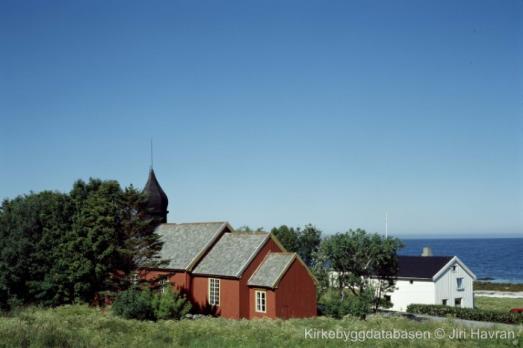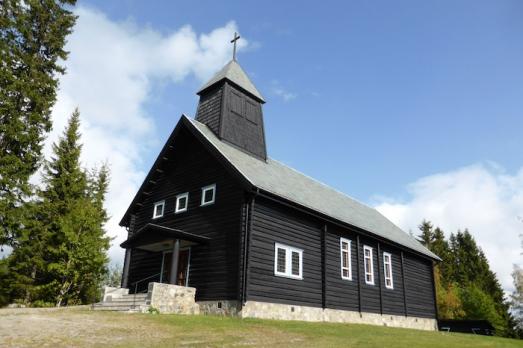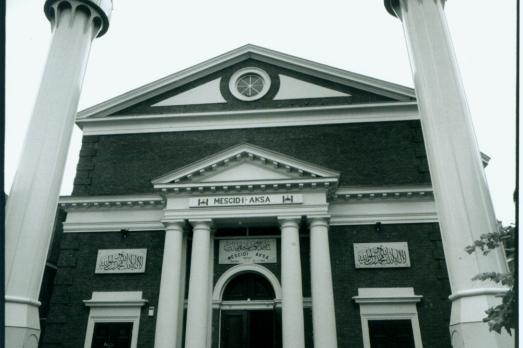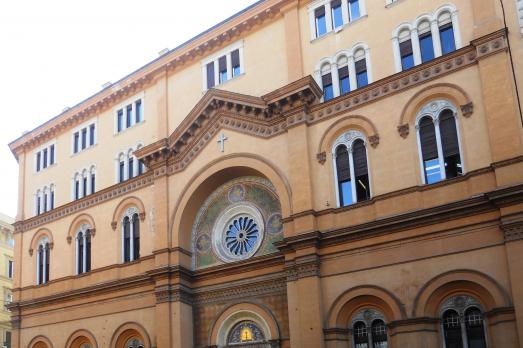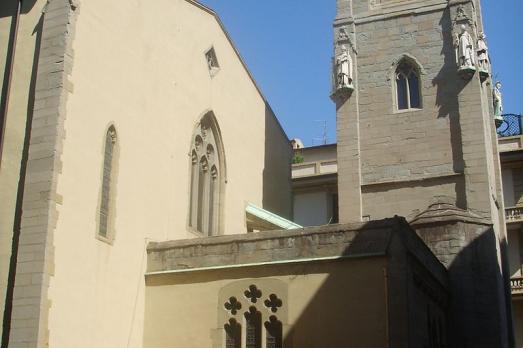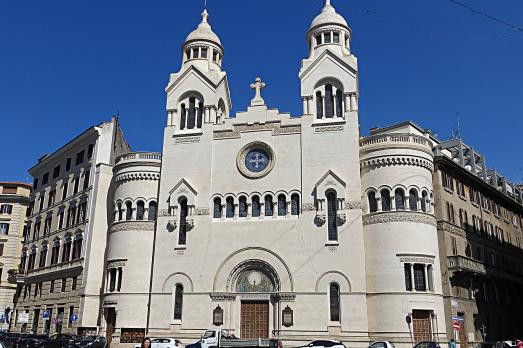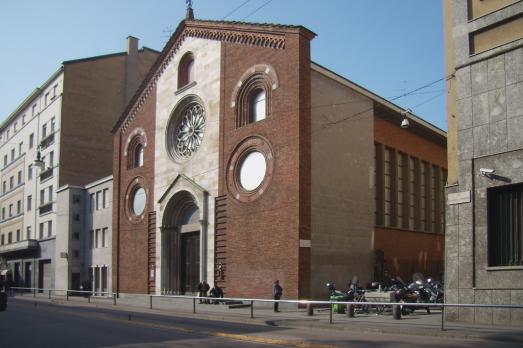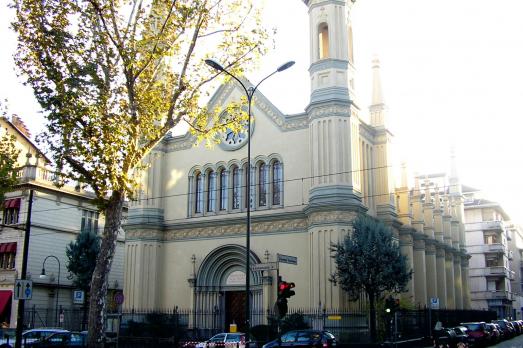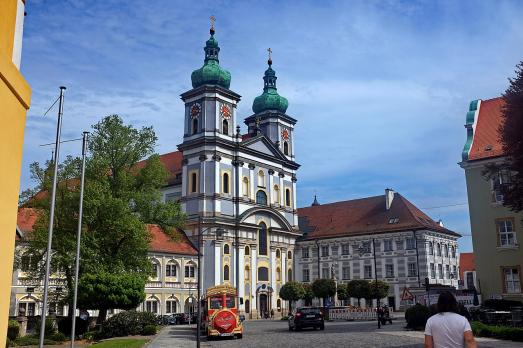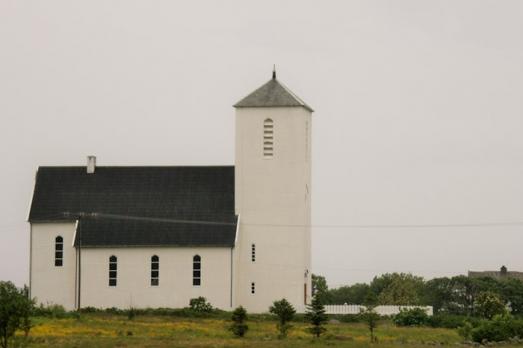
Værøy Church
Værøy, NO
The new church in Værøy is a long stone church built in 1939 and restored in 1984. The architect of the church was Harald Sund. When the church was built, the municipality of Værøy could not afford to give it an altarpiece. In 1999 the church finally received an altarpiece, made by Karl Erik Harr.
